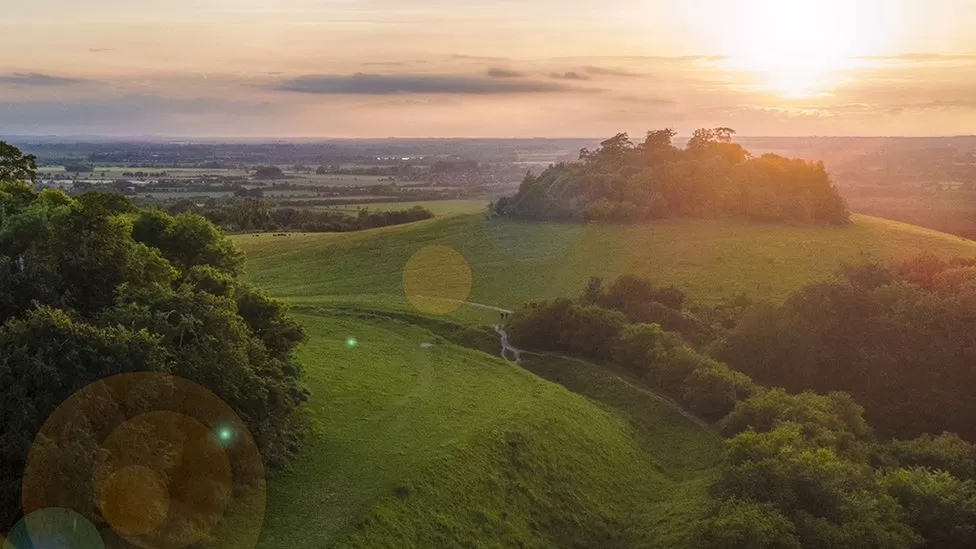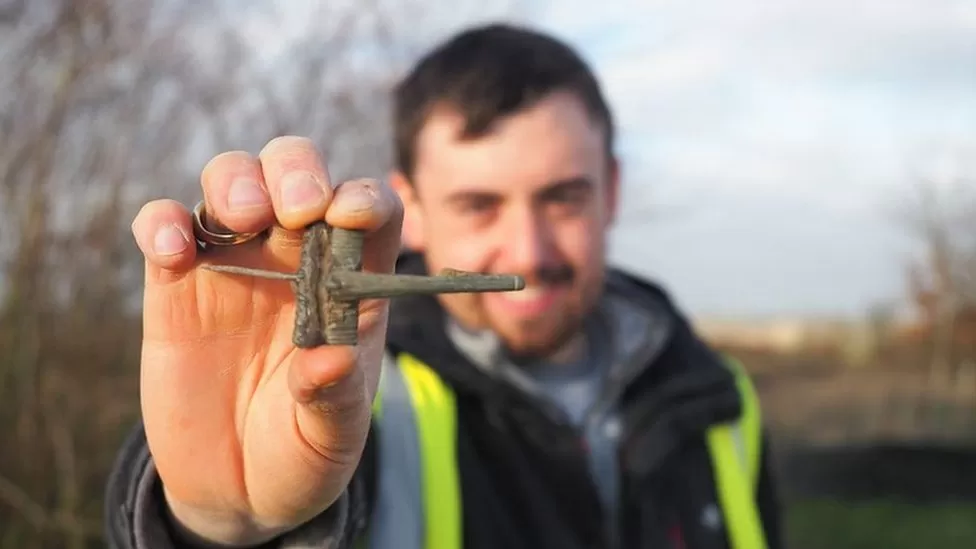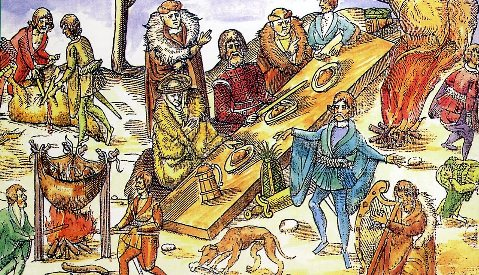At a well-liked walking location, the skeletal remains of a little Roman dog were found.
Affectionately known locally as "The Clumps", the site is owned and managed by Earth Trust
The 1,800-year-old remains of a 20 cm tall dog were discovered during an archaeological investigation at Wittenham Clumps in Oxfordshire.
The animal's remains were discovered in the location of what is thought to have been a villa occupied by an affluent Roman family.
According to researchers, the dog was probably a "much-loved pet" and is one of the tiniest ones ever discovered in the UK.
The find was made by archaeologists from DigVentures, a social organization that coordinates crowdfunded archaeological excavations, at the location of the charity Earth Trust's headquarters.
While it's likely that this dog was employed for hunting, Hannah Russ, a zooarchaeologist who examined the animal remains, noted: "We know that Romans in other regions of the empire had begun to raise and keep little dogs as pets.
A sketch of what researchers believe the small dog would have looked like
It is quite likely that this dog was maintained as a house dog, lap dog, or pet because of her petite size and bowed legs rather than being bred as a hunting dog.
A "relatively wealthy Roman family, who ran a farm with an assortment of working animals, including hunting or herding dogs - as well as this tiny canine" would have resided in the uncovered villa, according to Maiya Pina-Dacier of DigVentures.
The remains will be on exhibit for the first time at Earth Trust in August as part of the Clumps Go Ancient festival, together with other discoveries from the excavation, such as a brooch and a copper bracelet.
A member of DigVentures holds a brooch also uncovered at the site
The Earth Trust announced that it would involve demonstrations to bring the findings of the people of Wittenham Clumps and their animals to life as well as a pop-up display with "never-before-seen artifacts" from the excavation.
In a statement, it was stated that "this area has been shaped by human use and intervention throughout the ages, from the Iron Age communities who created the hillfort that is now Castle Hill -- and the Roman families who later lived downslope -- to the farmers and tenants who manage the land today."









